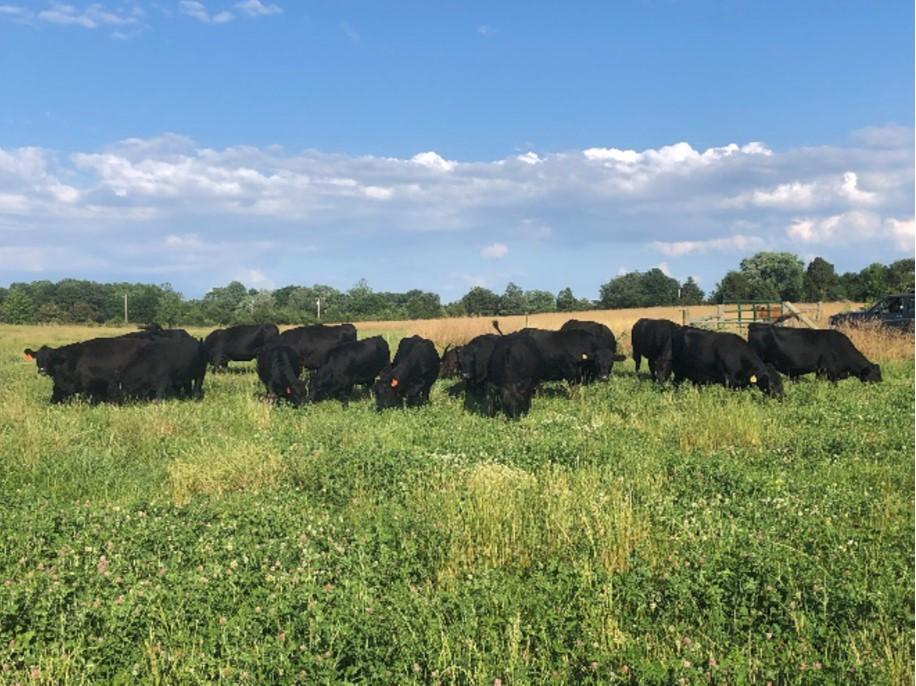Updated: May 23, 2024
University of Maryland Extension Resources for Horse Owners (EBR-51)
Maryland’s horse industry adds $2.9 billion to the state’s economy, according to the American Horse Council 2024 economic impact study. Maryland is home to over 94,000 horses and ranks number one in the United States in terms of horses per square mile. University of Maryland Extension (UME) is a non-formal education system within the College of Agriculture and Natural Resources (AGNR) that has educators who can help guide and provide resources for Maryland’s horse enthusiasts. There are a variety of equine-related programs, online recordings, webinars, and publications that are offered through UME either for free or for a small fee to the public. Authors: Erica Crowl and Jennifer Reynolds; Title: University of Maryland Extension Resources for Horse Owners (EBR-51).
Updated: May 30, 2023
Know Your Foxtails (FS-2023-0658)
Yellow, green, and giant foxtail are the three most common weedy foxtail species in Maryland. Knowing the differences between foxtail species and look-alike grassy weeds can assist with identification, and the selection of effective weed management strategies. Title: Know Your Foxtails (FS-2023-0658); Authors: Dwayne D. Joseph, and Leo Kerner
Updated: March 5, 2021
Development of an Equine Rotational Grazing Demonstration Site for Extension Education
Improper management of grazing horses can lead to the loss of vegetative cover, soil erosion and nutrient run-off into nearby water sources . An example of poor grazing management is to allow horses to continuously overgraze pasture without allowing for rest and regrowth of the plants. Best management practices (BMPs) are practices that farm operators can use to control and reduce the farm’s risk of negatively impacting the surrounding environment.
